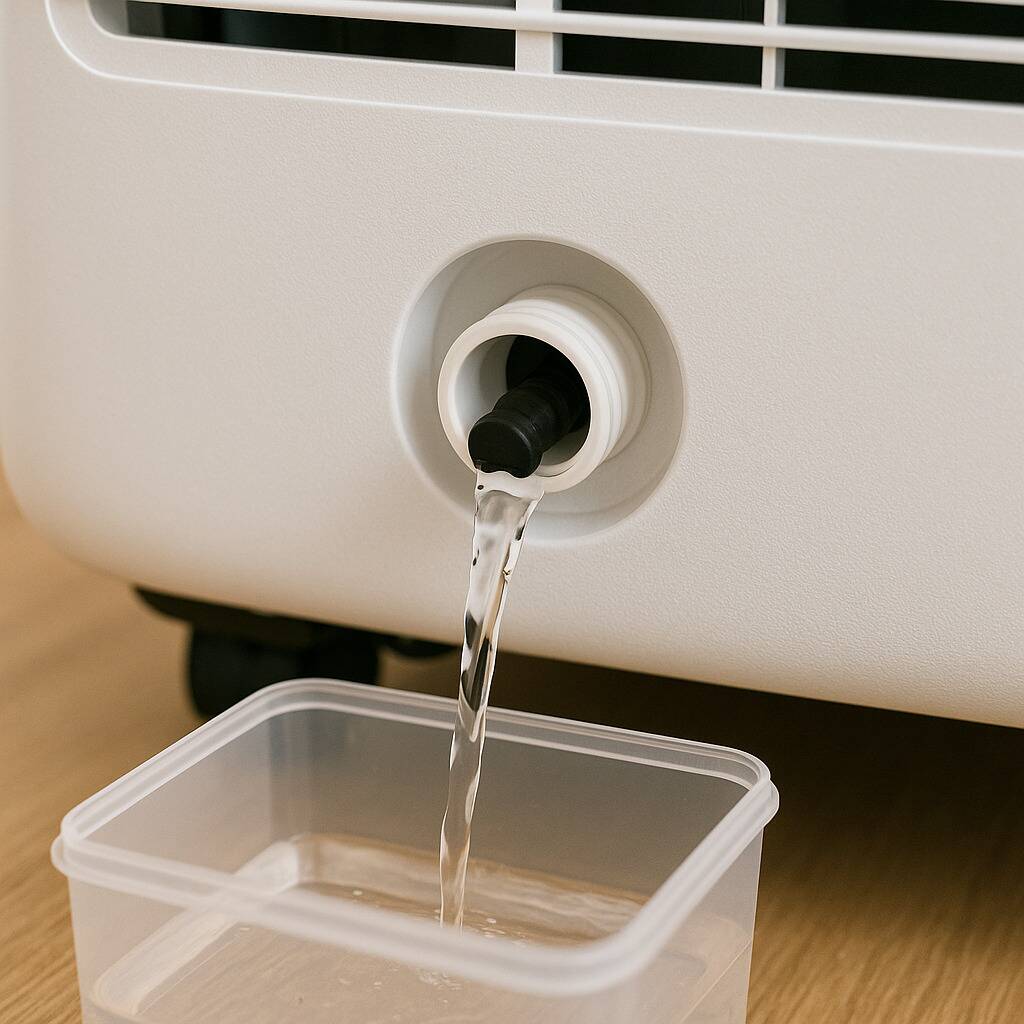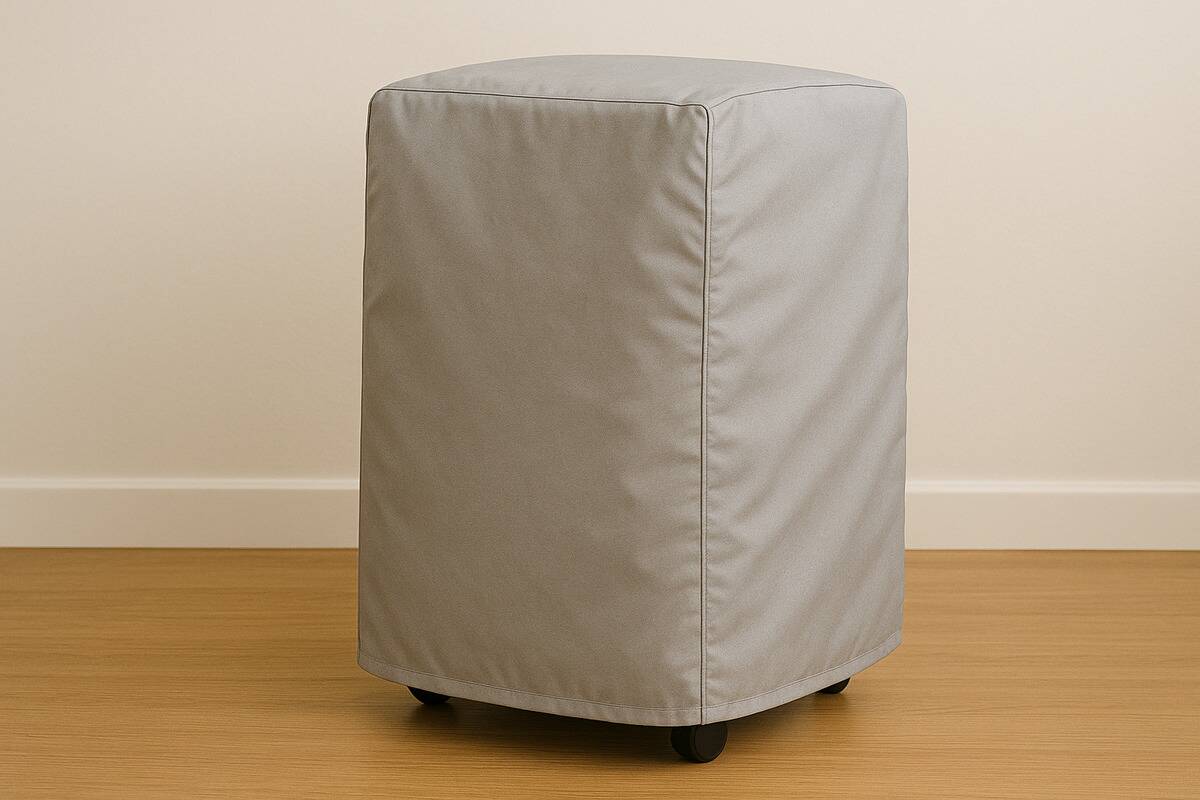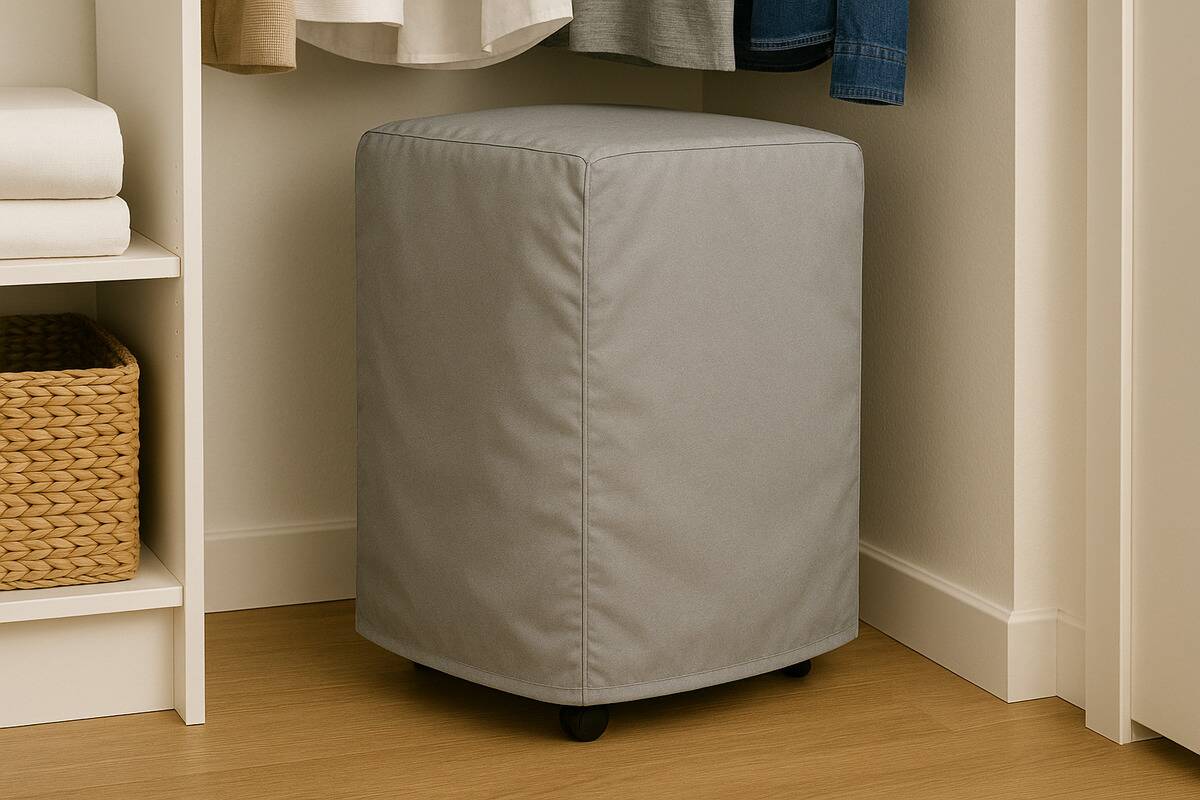How To Safely Store Your Air Conditioner Unit Until Next Spring
When the air turns crisp and you’re reaching for sweaters instead of the thermostat, you know it’s time to pack away your A/C. But storing it right matters more than you might think. A little effort now can save you from moldy smells, rusted parts, or a unit that just won’t cool next summer. Here’s how to safely store your air conditioner through the winter so it’s ready to go next year when the warm weather rolls back around.
Unplug And Let It Rest

Start by unplugging the unit and giving it time to cool completely. It’s easy to forget how warm those coils can get after heavy use all summer. Once it’s unplugged, check the cord for any signs of wear or fraying. If you spot damage, don’t ignore it. It’s better to fix or replace a cord now than to find out it’s unsafe when you try to use it again in the spring.
Give It A Deep Clean

Before you store the A/C, clean it thoroughly. Remove the filter and either wash or replace it. Wipe down the outside of the entire unit with a damp cloth, then vacuum the vents to get rid of any dust and debris. This helps prevent musty smells from forming over winter. Cleaning may not be fun, but it’s the single best way to extend your unit’s life and keep the air fresh the next time that you use it.
Drain All Leftover Water

Window and portable A/C units can hold more water than you’d think. Check the drip pan or reservoir, and tilt the unit gently to make sure everything drains out. Lingering moisture is the perfect recipe for growing mold and mildew. Once it’s drained, let the unit air dry for a few hours before covering it or storing it. A dry unit in winter means a clean start next summer.
Protect The Fins And Coils

The metal fins and coils on the back of your A/C unit are delicate. They bend easily, which affects airflow later. Use a soft brush or vacuum attachment to remove dirt without bending anything. If you notice bent fins, unplug the unit and gently straighten them with a butter knife. Then, once everything is clean, consider wrapping the area with breathable material or cardboard to protect it from getting bumped while in storage.
Find The Right Cover

It’s tempting to throw a plastic bag over your unit to protect from dust, but that traps moisture inside. Instead, use a breathable A/C cover made of fabric or mesh. It keeps out dust while letting air circulate, which helps prevent mold from growing. If you’re storing a window unit indoors, you might not need a cover at all, just make sure it’s clean and placed somewhere dry and out of direct sunlight.
Store It In A Dry, Cool Space

Avoid storing your A/C in the basement or garage if these areas of your house get damp. As we all know, moisture and electronics are not friends. A closet, attic, or utility room works best. Keep it upright to protect internal parts, and avoid stacking heavy items on top of it. The goal is simple: put your A/C unit somewhere stable, clean, and out of the way until you need it again.
Don’t Forget Your Window Frame

If you’ve removed a window A/C, clean the window sill and frame before closing it up for winter. Check for gaps where cold air can sneak in and seal them with weather stripping. It’s an easy step that makes your home warmer and saves a lot of money on heating costs. Plus, your window will be ready for you to quickly reinstall your air conditioner when summer comes back around.
Do A Quick Spring Check

When the weather warms up, take ten minutes to inspect the unit before plugging it in. Remove the cover, clean the filter again, and make sure the coils look clear. If the unit has been stored properly, it should be ready to go in the same condition you left it in. A little pre-season care helps you avoid that frustrating moment when the first hot day hits and your A/C isn’t cooperating.
Related Articles
-Don't Make These 6 Air Conditioner Mistakes This Summer
-Is It Necessary to Cover Your Air Conditioner Condenser During Winter?
-A Comprehensive Guide for Window Air Conditioner Installation
Storing your air conditioner might not feel like a big deal, but it’s one of those small habits that pays off. A clean, dry, well-protected unit lasts longer, runs more efficiently, and saves money on repairs. So, before you box everything up, take an hour to do it right. Come next spring, you’ll be glad you did when that first breeze of cool air kicks in without a hitch.









